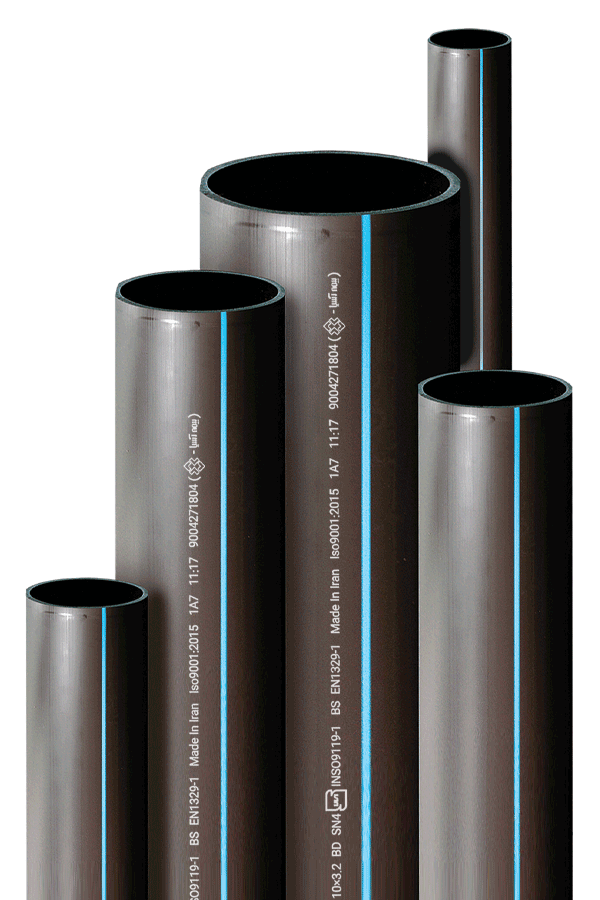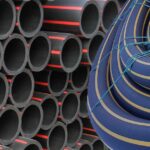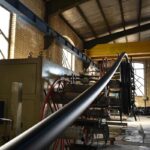Exploring the advantages and disadvantages of polyethylene pipes
- Article
- Exploring the advantages and disadvantages of polyethylene pipes
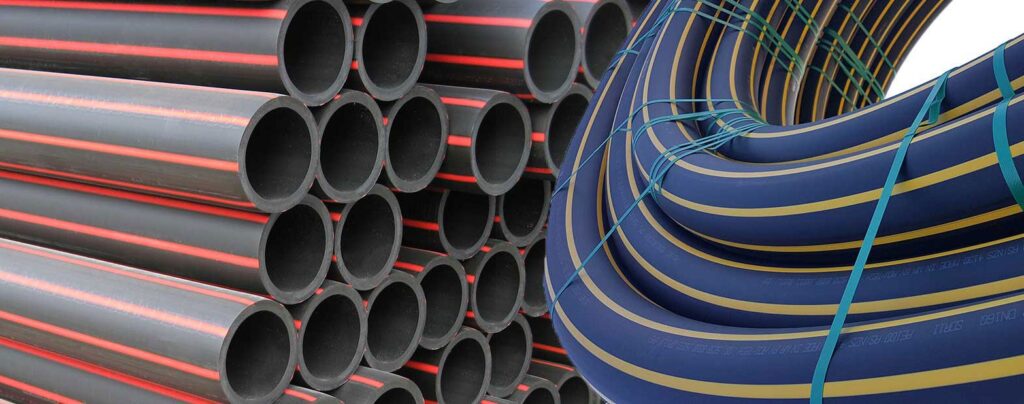
- July 5, 2023
- 7:52 am
Exploring the advantages and disadvantages of polyethylene pipes
In the following article we aim to introduce the advantages and disadvantages of polyethylene pipes. First we will take an overall glance at polyethylene pipes. As the name suggests, these pipes are made from polyethylene polymer. This polymer has a granular form and is a derivative of crude oil and natural gas.
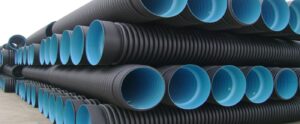 Polyethylene pipe
Polyethylene pipe
That is why these pipes should be manufactured through polymerization of ethylene. It is interesting to know that polyethylene is a thermoplastic molecule and is therefore recyclable. Since polyethylene is a non-toxic substance it is widely used in food industry.
The first polyethylene synthesis happened by total accident during an experiment. There is a double bond in the structure of this waxy solid molecule which breaks down during polymerization and creates a macromolecule. It is good to know that with some structural changes this substance can be used for different industrial purposes.
Applications of polyethylene
Polyethylene is used to manufacture pipes, different plastic items, shipping boxes, packaging bags, power cables and different fittings.
This substance is also used to make special clothes and certain components of industrial machinery. In addition, it is used to make bullet-proof clothes and vests, home appliances, toys, and even plastic equipment used in medicine.
Exploring the advantages of polyethylene pipes
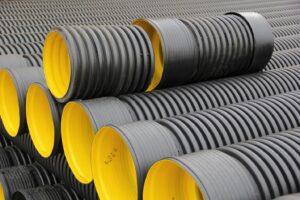 Polyethylene pipes
Polyethylene pipes
We first talk about the advantages of these pipes. some of the advantages of polyethylene pipes are as follows:
- Do not worry about the maintenance and repairing costs of polyethylene pipes. On the one hand these pipes do not need much fixing and on the other hand you will not pay much for their repair. This differentiates polyethylene pipes from steel pipes.
- They have strong connections such as butt welding or electrofusion welding. Flange is also used to create strong connection between pipes which gives the pipe a favorable flexibility and prevents leakage.
- These pipes are very smooth and even on the inside. This gives them a highly hydraulic characteristic.
- Manufacturers add suitable material to this product to make it UV resistant.
- In addition to that, this product has a high flexibility which makes it easy to install. In other words, fewer connections are used to install them. As you know, the bend radius of a pipe is measured by its outside diameter. Polyethylene pipes have a bend radius of 20 times their outside diameter.
Other advantages
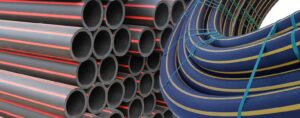 Polyethylene pipes
Polyethylene pipes
In this part of “introducing the advantages and disadvantages of polyethylene pipes” we talk about some other advantages of these pipes:
- Polyethylene pipes are resistant against different types of shakings, earthquakes, and even landslides. This is due to their high impact resistance. They also have a high elasticity which makes them resistant to impacts caused by earthquake.
- Polyethylene pipes have a high resistance against any types of abrasion, rust, and different impacts. This is the result of using standard raw material in the manufacturing process which has also given them a long service life.
- These pipes have a lighter weight compared to steel pipes and this makes their shipping, installation, and storage easier and reduces the related costs.
- Metal pipes might get exposed to sea water. This can lead to their electrolytic corrosion since sea water, air, and metal pipes react with each other and create corrosion. Whereas, polyethylene pipes are immune to this kind of corrosion.
- The final advantage of these pipes is their compressive strength which has made them resistant against climate changes and expansions and contractions.
A thorough analysis of the disadvantages of polyethylene pipes
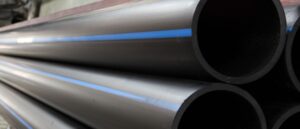 Polyethylene pipes
Polyethylene pipes
In the first section of “introducing the advantages and disadvantages of polyethylene pipes” we covered the advantages of polyethylene pipes. Now it is time to talk about the disadvantages of these pipes. The word disadvantage might be used inaccurately about these pipes since most of these disadvantages are controllable.
- Although the inner surface of single wall and double wall corrugated pipes are formed using suction and vacuum systems, this might cause some weaknesses in them.
- Another important point is the reduced service life of these pipes which might be due to their contact with chlorinated waters. That is why these pipes should not be used around such waters.
- High temperatures and the passage of time might also reduce the resistance of these pipes. The standard service life of these pipes is estimated to be 100 years. It is important to note that two factors determine a pipe’s service life: fluid temperature and internal pressure of the pipe.
- Another disadvantage of these pipes is that they cannot be detected using metal detectors and this has made their maintenance and repairing difficult.
Other disadvantages of polyethylene pipes
Below are some of the other disadvantages of these pipes:
- These pipes might get deep cuts and abrasions during shipping. The cuts and abrasions might also form when you install the pipes. However, such problems occur only if shipping is not done in a standard way.
Remember that in some pipes such as single wall pipes the depth of cuts might affect pipe resistance. If the cuts are deep enough compressive strength will fall at that particular spot.
- The old versions of these pipes need UV protection although the new versions are protected against UV rays using carbon black and masterbatch. Therefore, you need to know if the pipe is old or new.
- Polyethylene pipes might degrade when they get exposed to destructive material. For instance, these pipes are not resistant against some chemical substances such as halogens, alcohols, and aromatic substances. Some petroleum products also have a negative impact on these pipes.
As a result, polyethylene pipes have some limitations. For example, they cannot be used to deliver diesel, gasoline, and oil.

